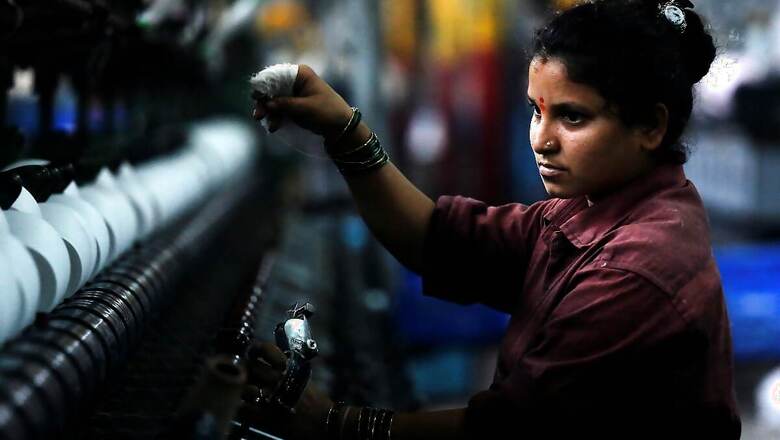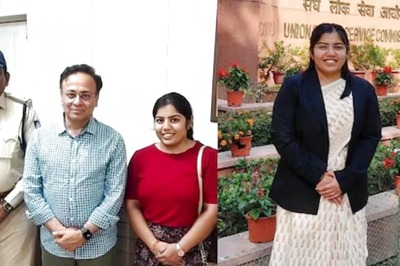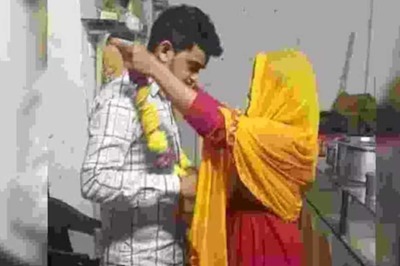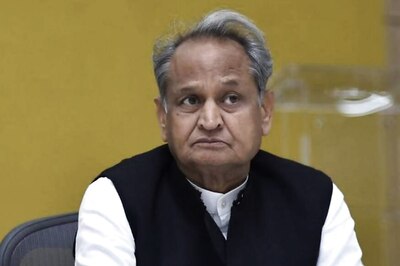
views
Women empowerment has been a key theme of successive governments and in the first term of the Narendra Modi government, the slogan ‘Beti Padhao, Beti Bachao’ (teach daughters, save daughters) reached a crescendo as the prime minister underlined the initiatives to discourage female foeticide and empower women. So are women better placed socially and financially now than under previous governments? Some progress has indeed been made in key indicators during this government’s tenure but much more remains to be done. The lot of women is still shameful in some metrics.
Latest data from the National family Health Survey 5 show that even today, nearly every second woman in Bihar and every third in Andhra Pradesh is illiterate. The first phase of this survey has covered 22 states and UTs for 2019-20 and indicators are compared to data from 2015-16. The data also shows that at least two in three women in Assam aged between 15-49 years are anaemic and that anaemia is far more prevalent in women than in men across the country.
Another metric which shows the state of women: four out of five in Bihar and three in four women in Telangana have never used the internet. Then, in Karnataka and Bihar, at least four in 10 women have experienced some form of spousal violence and the incidence of anaemia as well as undergoing caesarean sections while giving birth have seen a general, all-round rise. Across these 22 states, the total fertility rate (how many children a woman will have) has seen a dip.
Literacy: The percentage of men which can read and write is unerringly more in each state compared to women, except in Kerala. This state boasts of the highest overall literacy and also marginally higher literacy among women at 98.3% compared to 98.2% men. In marked contrast is Bihar, where only 57.8% women are literate, close to 80% men can read and write. The northeastern states have done better in female literacy than some of the bigger states, with at least 8 in 10 literate women in each of the six states for which data has been released in the survey. Overall, the literacy rate has improved in each state in 2019-20 over a five-year period.
Anaemia: Nine in 10 women aged 15-49 years in Ladakh are anaemic, three in four in West Bengal also suffer from anaemia. In most states, at least every fourth woman is anaemic. Speaking in Parliament in March this year, MoS Health Ashwini Kumar Choubey had quoted the previous health survey (NFHS 4) to say that 53.1% women or at least every second Indian woman was anaemic. The minister had pointed out earlier that reduction in anaemia had been less than a percent between 2005 and 2015 (the UPA years) and under this government’s Anaemia Mukt Bharat (AMB) strategy, the target was to reduce anaemia by 3% per year. The stats for 2019-20 show that the percentage of women suffering from anaemia has increased instead of going down in the Modi 1.0 regime in most states. In Assam, nearly 66% or two in three women are now anaemic versus just 46% in 2015-16; in Bihar the percentage is 63.5% now, up from 60.3%.
Child marriage, children: In some large states, the incidence of child marriage is falling but not in all. In Bihar, West Bengal and Tripura, at least 4 in 10 girls who are now 20-24 years said they got married before turning 18; in Assam nearly every third girl in this age group was married before 18. The Population Foundation of India (PFI) has expressed concern at the increase in child marriages in a number of states. In Tripura, child marriages increased to 40.1% from 33.1% in 2015-16; in Manipur to 16.3% from 13.7% in 2015-16) and in Assam to 31.8% from 30.8% in 2015-16. West Bengal (41.6%) and Bihar (40.8%) still have high prevalence of child marriages. Then, women in Bihar have the highest fertility rate at 3 children but like the rest of the country, the number of children born to a woman has been decreasing here too. The PFI has pointed out that India’s population is stabilising now since the Total Fertility Rate (TFR) has decreased across the majority of the states. Of the 17 states analysed in the NFHS-5, 14 (except for Bihar, Manipur and Meghalaya) have a TFR of 2.1 or less, which implies that most states have attained replacement level fertility.
Spousal violence: Violence by husband violence has generally declined in most states and UTs except Sikkim, Maharashtra, Himachal Pradesh, Assam and Karnataka. Karnataka witnessed the largest increase in spousal violence, from 20.6% to 44.4% in NFHS 5.
Bank accounts, decisiveness: There is some good news in the NFHS5 data too. The number of women having a bank account and operating it herself has seen the most dramatic increase in Bihar. In the 2015-16, only one in four women had an account but now three in four have one. At least two in three women now have a bank account in the 22 states and UTs for which data was made available. Another metric, percentage of women participating in key household decisions, has seen a dip in Jammu & Kashmir, Manipur, Tripura, Sikkim and West Bengal but has increased in all other states and UTs.
Read all the Latest News, Breaking News and Coronavirus News here




















Comments
0 comment